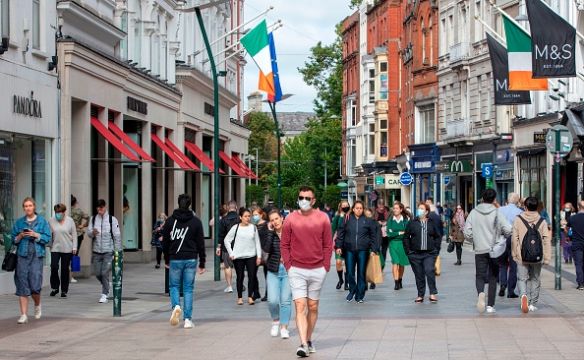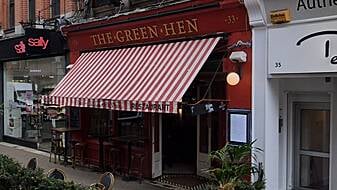The unemployment rate fell to a pandemic low of 12.4 per cent in August, according to the latest figures from the Central Statistics Office (CSO).
The Covid-19 adjusted unemployment rate fell from 13.5 per cent in July, with the figures an estimate based on the Live Register and Covid-19 related claims.
The main unemployment rate fell to 6.4 per cent in August on a seasonally-adjusted basis, from 6.5 per cent in July, and 7.1 per cent twelve months ago.
CSO statistician John Mullane said the Covid-19 crisis “continued to have a significant impact on the labour market in Ireland in August 2021.”
“While the standard measure of monthly unemployment was 6.4 per cent in August 2021, the Covid-19 adjusted measure of unemployment indicates a rate as high as 12.4 per cent if all claimants of the Pandemic Unemployment Payment (PUP) were classified as unemployed,” he said.
“This alternative measure is down from 13.5 per cent in July 2021 and down from 17.1 per cent in August 2020. When comparing the Covid-19 adjusted measure of unemployment in different months, users should consider the impact of Government restrictions on the number of people in receipt of the PUP.”
The CSO’s Covid-19 adjusted unemployment measure indicated a rate of 12.3 per cent for males and 12.4 per cent for females.
Unemployment was most pronounced in younger age groups, with a rate of 25.6 per cent for those aged 15 to 24 years and 10.1 per cent for those aged 25 to 74 years.
Labour shortages
Jack Kennedy, economist at global job site Indeed, said the continued downward trend in both the Covid adjusted rate and standard unemployment rate was positive news.

“Yesterday’s announcement of a phased ending of restrictions also provided a light at the end of the tunnel, especially for some businesses who have been shut for almost two years now.
“However, the challenge facing businesses now is a potential labour shortage. There’s no doubt the pandemic has brought lasting change to people’s relationship with their work, with many hoping to continue the flexible and remote working opportunities the pandemic has brought.
“We’ll likely see businesses become more competitive to attract and retain staff in this new world of work. This goes beyond just wage increases - flexibility and wellbeing are now key currency in attracting talent.
“Return to normality brings with it a reminder that the barriers to labour market participation, such as access to childcare and caring responsibilities, are still with us.”







